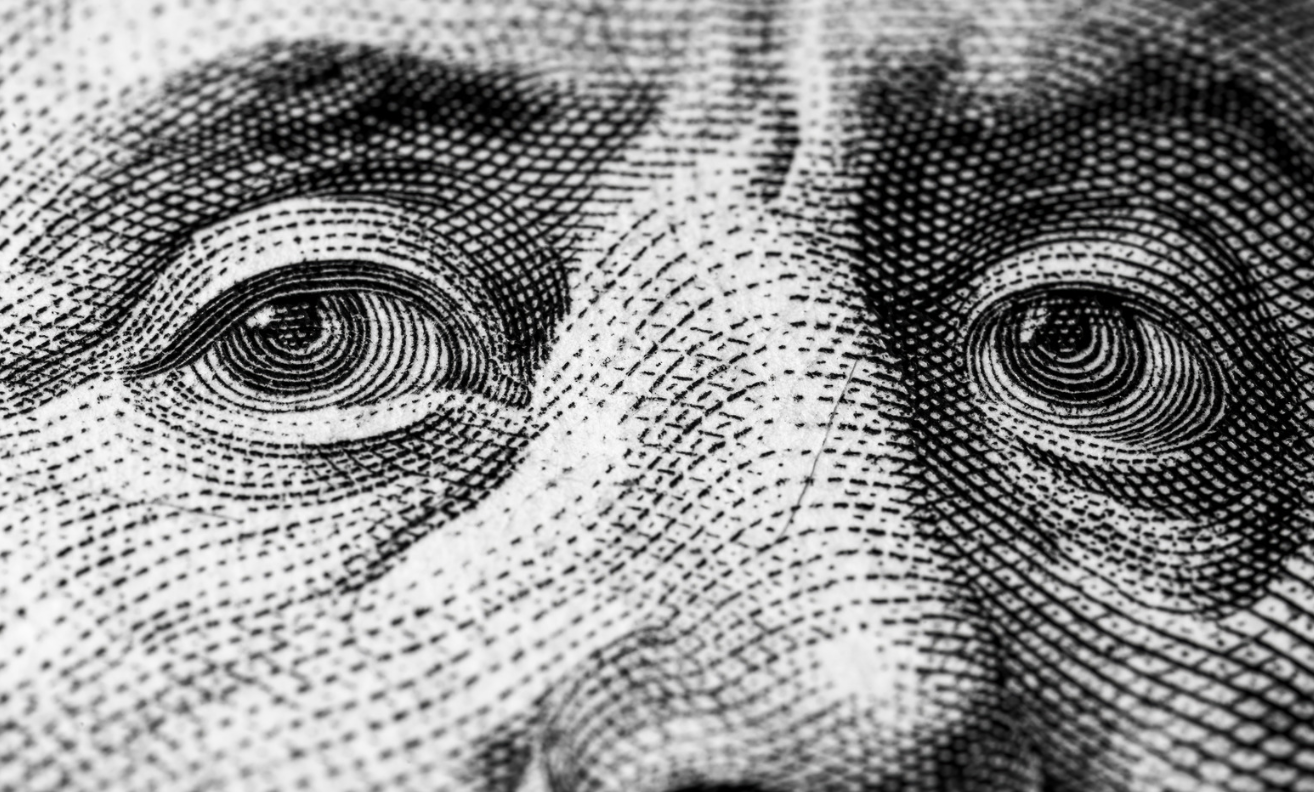Trading in dollars and euros on Russia’s major exchange has been halted as a consequence of an increase in the number of sanctions imposed by the United States.
Due to the new sanctions that the United States has placed on Russia, the trading of dollars and euros on the Moscow Exchange has been immediately suspended. The Moscow Exchange is the most significant financial marketplace in the nation.
On Wednesday, which is a national holiday in Russia, the exchange, which is also known as MOEX, and the Russian central bank hurriedly issued statements within an hour after the announcement made by the United States government on a new set of sanctions that are intended to restrict the flow of money and goods to Moscow in order to maintain Washington’s war in Ukraine. The sanctions are designed to halt the flow of money and supplies that Moscow receives in order to finance its conflict in Ukraine.
A statement issued by the central bank said that “exchange trading and settlements of deliverable instruments in US dollars and euros have been suspended as a result of the introduction of restrictive measures by the United States against the Moscow Exchange Group.” This announcement was made public.
As a result of this transition, financial institutions, enterprises, and investors will no longer be able to trade either currency via a central exchange. This move brings about a number of advantages, including enhanced liquidity and the ability to exercise supervision.
They are going to be compelled to participate in transactions that take place over the counter, which are transactions that are carried out directly between two individuals. It has been stated by the central bank that it would take into consideration the information that is gathered from transactions of this kind in order to establish the official exchange rates.
Because they are aware of the several crises that have happened in the value of the ruble over the course of the previous few decades, a sizeable number of Russians choose to preserve their money in other currencies, such as dollars or euros. On the part of the central bank, people were given the confidence that their money would be protected without risk.
It is still feasible for people and companies to buy and sell euros and US dollars via Russian banks without any limitations. This is especially true for enterprises. According to the statement, all of the money that is stored in the accounts and deposits of people and enterprises that are denominated in United States Dollars and Euros is secure.
In an interview with Reuters, an employee of a famous Russian commodities exporter that is not subject to sanctions made the following statement: “We don’t care, we have yuan. A significant amount of difficulty is involved in the process of acquiring dollars and euros in Russia.
Because of Moscow’s attempts to develop its economic and political links with Beijing, the Chinese yuan has overtaken the United States dollar to become the most traded currency on the MOEX. This is a consequence of Moscow’s efforts to strengthen its relations with Beijing. During the month of May, the yuan was responsible for 53.6% of all the foreign currency that was traded.
Each day, the volume of trading in dollar-ruble pairings on MOEX regularly reaches roughly 1 billion rubles, which is equivalent to approximately 11 million dollars. On the other hand, the quantity of trading in euro-ruble pairs typically reaches approximately 300 million rubles, which is equivalent to approximately 3 million dollars. At this point in time, the daily volumes of trading in yuan-ruble usually approach 8 billion rubles, which is comparable to 90 million dollars.
A sharp increase in the value of the dollar
At the close of business on the eve of the national holiday, the ruble was trading at 89.10 pounds to the dollar and 95.62 euros to the euro. This was just before the holiday. The disclosure of the fines prompted a number of financial institutions to rapidly raise their dollar rates in reaction to the statement.
The statement was made by Norvik Bank on Wednesday, and it said that it would be happy to buy dollars for just fifty rubles, but that it would sell them for two hundred rubles. After then, the bank changed the pricing from 88.20 rubles to 97.80 rubles without any more explanation. The Tsifra Bank would buy dollars for 89 rubles, and then sell them at 120 rubles. This transactions would take place.
“Targeting the architecture of Russia’s financial system, which has been reoriented to facilitate investment into its defense industry and acquisition of goods needed to further its aggression against Ukraine,” the United States Treasury Department stated in a statement. “[N]urses have been reoriented to facilitate investment into their defense industry.”
Over the course of more than two years, the Russian central bank has been making preparations for the application of sanctions of this kind. At the beginning of July 2022, the central bank said that it was conducting a simulation of various different sanctions scenarios with participants in the foreign currency market and organizations that were accountable for infrastructure.
According to a statement made by the Russian broker T-Investments on the messaging app Telegram, “This is bad news but not unexpected news.”
It was reported by Forbes Russia in 2022 that the central bank was investigating the possibility of implementing a system that would control the exchange rate between the ruble and the dollar in the event that exchange trade was halted in the event that sanctions were imposed against MOEX and its National Clearing Centre, which was also impacted by the new penalties.
According to the Financial Markets Authority (MOEX), stock trading and money market transactions that were paid for in dollars and euros will likewise be halted. Low-risk, short-term financial assets such as government bonds and commercial debt are examples of the types of financial instruments that are included in the money market.



